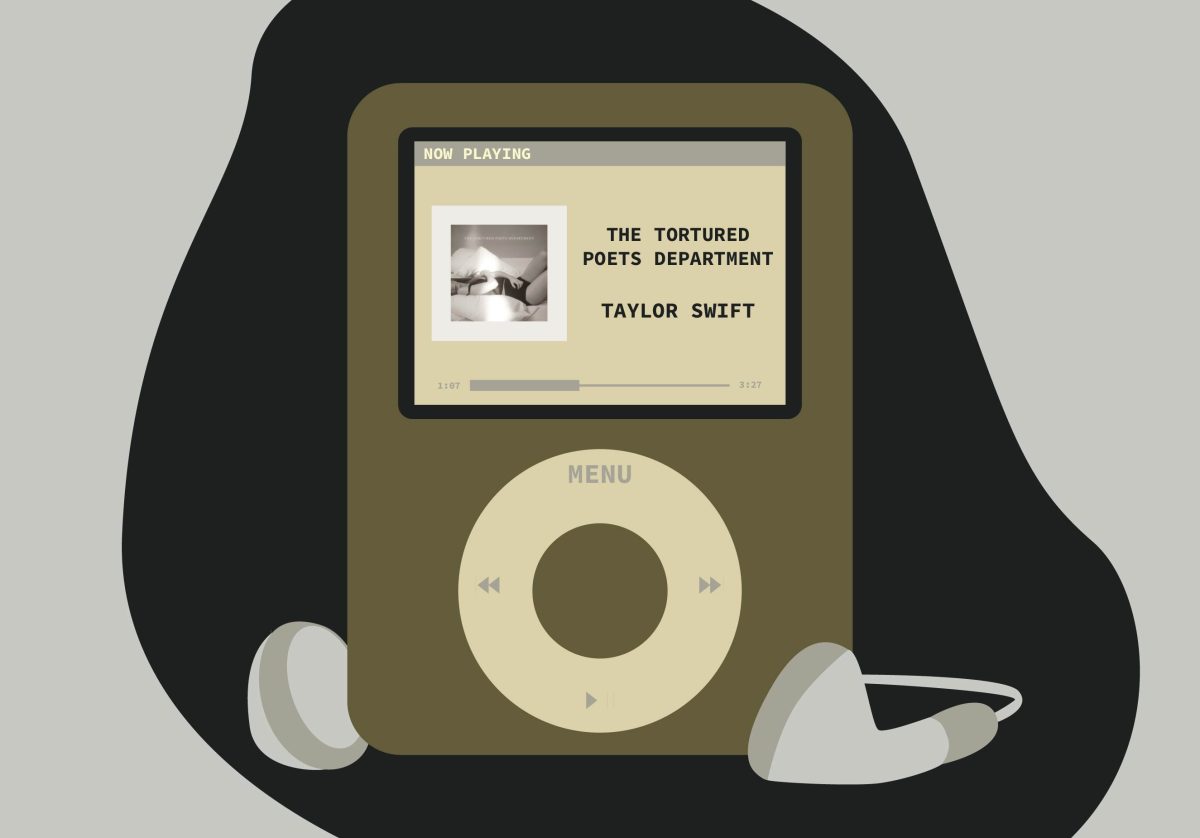Sometimes music which bears truly intimate and personal emotions causes a feeling of guilt. You feel you shouldn’t be hearing it, like you’re spying.
This feeling especially arises in old crackly blues and folk songs like those which Alan Lomax recorded for the Library of Congress. It’s easy to imagine Lomax having to crouch beneath the windows of shoddy farm houses with his tape recorder in order to capture tales of dusty roads, evil lovers, southern comfort, submission to the devil and pleas for salvation. But what is really important is that these songs transport you into a secret nook where the music is unaffected by the outside world. All that matters is the soul.
The success of the Coen brothers’ film “O Brother Where Art Thou?” had much to do with the purity of the music included in its soundtrack. The rustic bluegrass remains rooted in its traditional form and its wavering falsettos, and its twangy banjos weep the woes of humanity.
“Cold Mountain,” a new movie coming out this Christmas, features the work of T-Bone Burnett, the musical mastermind behind “O Brother.” Along with blues and folk standards in the vein of “O Brother,” “Cold Mountain” incorporates a style of singing called Sacred Harp.
Originating in 18th century New England, Sacred Harp was used as a musical teaching tool. The style, also referred to as shape-note singing, uses differently shaped notes to depict fa, so, la and mi. Eventually, the style crept south and developed into three or four part harmony hymns sung with great passion and exuberance.
But Sacred Harp is not meant to be merely listened to on a recording. It is not even meant to be seen live. Instead of facing the audience, the singers of Sacred Harp sit in a square facing inward and take turns leading the group. The heart of Sacred Harp lies in participation, being a part of a community.
Local musician Tim Eriksen was originally brought on board the “Cold Mountain” project as the singing voice for actor Brendan Gleeson. As the production proceeded, the filmmakers started talking about including Sacred Harp in the film. Eriksen, who had been enthralled with Sacred Harp since age 18, led the crew to Sand Mountain, Alabama, a “hot spot,” as he put it, for shape-note singing. The recording in Alabama landed a spot in the movie along with other shape-note sessions lead by Eriksen and songs he recorded with the likes of Ralph Stanley (of “O Brother” fame) and Jack White (of the White Stripes, and featured in the film as well).
Eriksen discovered shape-note singing when he came across a copy of a Sacred Harp book at the library. He found the music interesting, and one winter, he spent much time at a friend’s house with no television. To pass the time, they began singing shape-note every night.
“Initially,” Eriksen said, “I was attracted to the sounds. Over time I became attracted to the community and spiritual aspects.”
Eriksen, who began making music in punk bands, found similar aspects of punk in Sacred Harp.
“Neither are mainstream, and they’re very do-it-yourself. You just get a bunch of friends together – you don’t even need to know how to play. In Sacred Harp you don’t even need an instrument!”
The Cedar Cultural Center hosts Tim Eriksen on the 26th. Though he is performing his acoustic solo work – a combination of original songs, traditional fiddle and folk songs – his music embodies that same haunting intimacy.
















